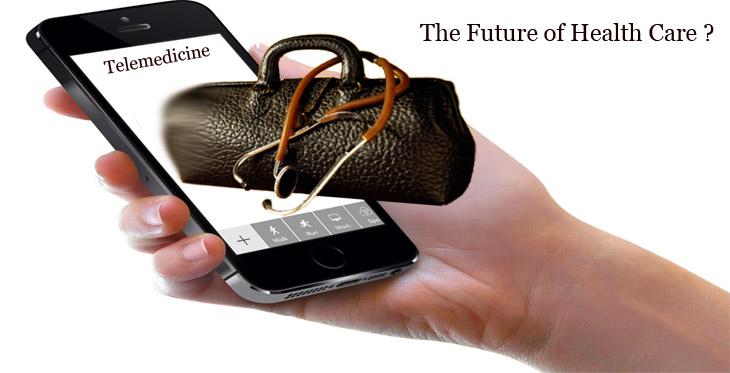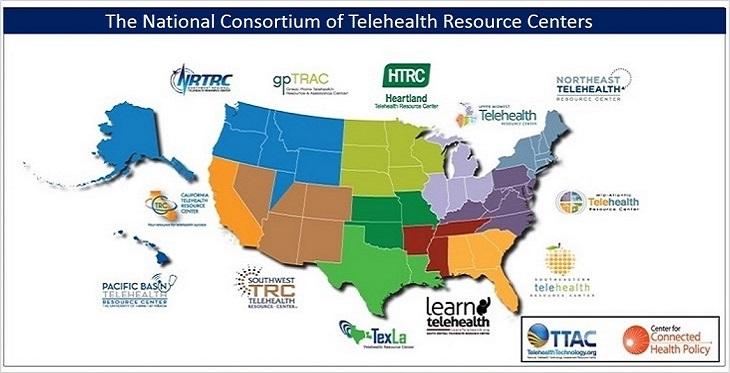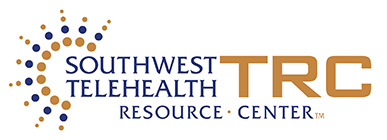As the old saying goes, you win some, and you lose some. Well, I’m pretty sure that most of us would rather be on the “win some” side of the equation, especially when it comes to telemedicine grants. The good news is, there are plenty of grant opportunities out there, including the US Department of Health and Human Services, HRSA Telehealth Network Grant Program, the US Department of Agriculture’s Distance Learning and Telemedicine Grant, and opportunities through state agencies and foundations. But how do you position yourself for success? Let’s start with some tips on writing a successful telemedicine grant proposal:
Southwest Telehealth Resource Center Blog

The year is 2030 and the days of small practices are coming to a tragic end, as the virtual capabilities of large and innovative health systems have become integrated into the lives of patients worldwide. Patient monitoring is constant, blending into the lifestyles of patients who have grown accustom to an emerging world of integrated healthcare in consumer technology. Healthcare has finally reached the golden age of patient empowerment and engagement in no small part due to telemedicine.

It used to be (back in the old days) that “doing” telemedicine (TM) was so new and foreign to everyone that it was considered research, and thus required—at most institutions—human subjects or Internal Review Board (IRB) approval. Patients had to be consented into a study prior to engaging in any sort of telemedicine encounter.
Thankfully, for the most part, those days are gone. While some institutions may still require IRB consent, that number has decreased significantly. Of course, if you are conducting a scientific experiment using a new telemedicine device or some new procedure, that study will have to go through the usual IRB approvals and involved patients will need to be consented.

Gerald Hornbeck is a 73-year-old Veteran who lives with his wife in Gilbert, Arizona, approximately 40 miles from the Phoenix Veterans Administration Health Care System (PVAHCS).
In 2012, after being diagnosed with end-stage heart failure, he was implanted with a Left Ventricular Assist Device (LVAD) at the University of Utah Medical Center. Since then, the LVAD has taken over the task of pumping blood to the rest of his body.

The Telehealth Resource Centers (TRCs) have been in existence for just over 10 years, with the SWTRC for nearly all of that time. In honor of this decade of service to the telehealth community the TRCs released a 10-year report summarizing our group and individual accomplishments and services (available upon request). Periodically it helps to sit back and reflect a bit on what we’ve accomplished as we chart our course for the next few years.


